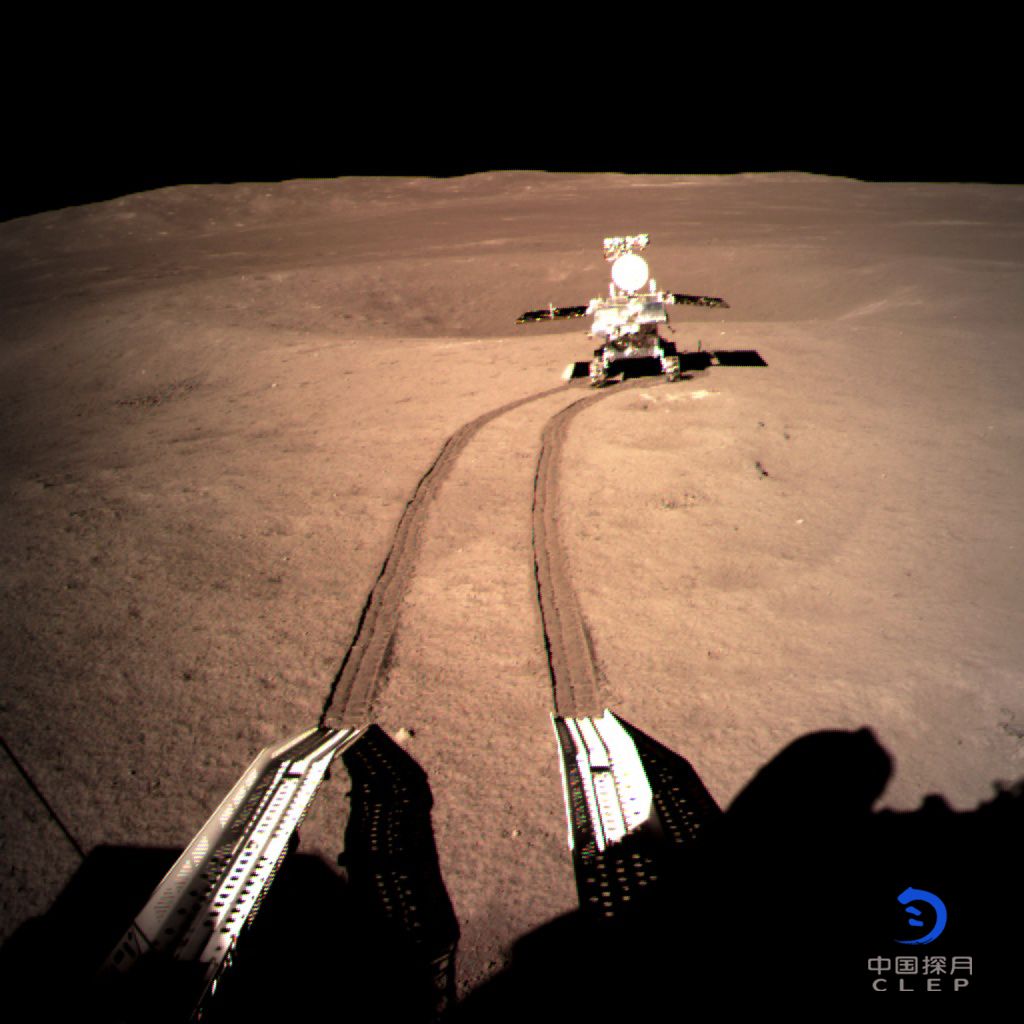China's ambitious lunar exploration program is about to take a significant leap forward with the upcoming launch of the Chang'e 6 robotic spacecraft. Scheduled for lift-off in early May, the Chang'e 6 mission marks a critical step in humanity's quest to unravel the mysteries of our closest celestial neighbor.
The spacecraft, named after the mythical Chinese moon goddess, Chang'e, will be carried by a Long March 5 heavy-lift launch vehicle. After a series of flight maneuvers, Chang'e 6 is programmed to land on the far side of the moon, a region largely untouched by previous missions. This particular location, the South Pole-Aitken Basin, is believed to hold ancient geological records that could provide invaluable insights into the moon's formation and evolution.
The primary objective of the Chang'e 6 mission is to collect and return lunar samples to Earth for detailed scientific analysis. This endeavor builds upon the success of the Chang'e 5 mission in 2020, which became the first spacecraft to retrieve lunar samples since the Soviet Luna 24 mission in 1976.
The retrieved lunar samples from the far side are expected to possess unique characteristics compared to those collected from the near side. Scientists believe that studying the far side's composition could offer fresh perspectives on the moon's geological history and potentially shed light on the bombardment history of early Earth-Moon system.
The mission is not only scientifically significant but also carries immense technological importance. The Chang'e 6 launch serves as a critical test bed for China's future human lunar landing aspirations. The mission will allow engineers to validate key technologies required for soft landing, sampling, and safe return of the capsule to Earth.
China's lunar ambitions extend far beyond the Chang'e 6 mission. The country plans to launch the Chang'e 7 and 8 missions in the coming years, with the goal of establishing a permanent research station on the lunar south pole by the 2030s. This ambitious project envisions international collaboration and aims to transform the moon into a scientific hub for researchers from around the world.
The upcoming launch of Chang'e 6 signifies a new chapter in lunar exploration. It represents China's growing confidence and capabilities in space exploration and paves the way for further international cooperation in unraveling the secrets of the moon. As the world watches Chang'e 6 embark on its journey, the anticipation for scientific discovery and the promise of a future lunar presence reach new heights.

